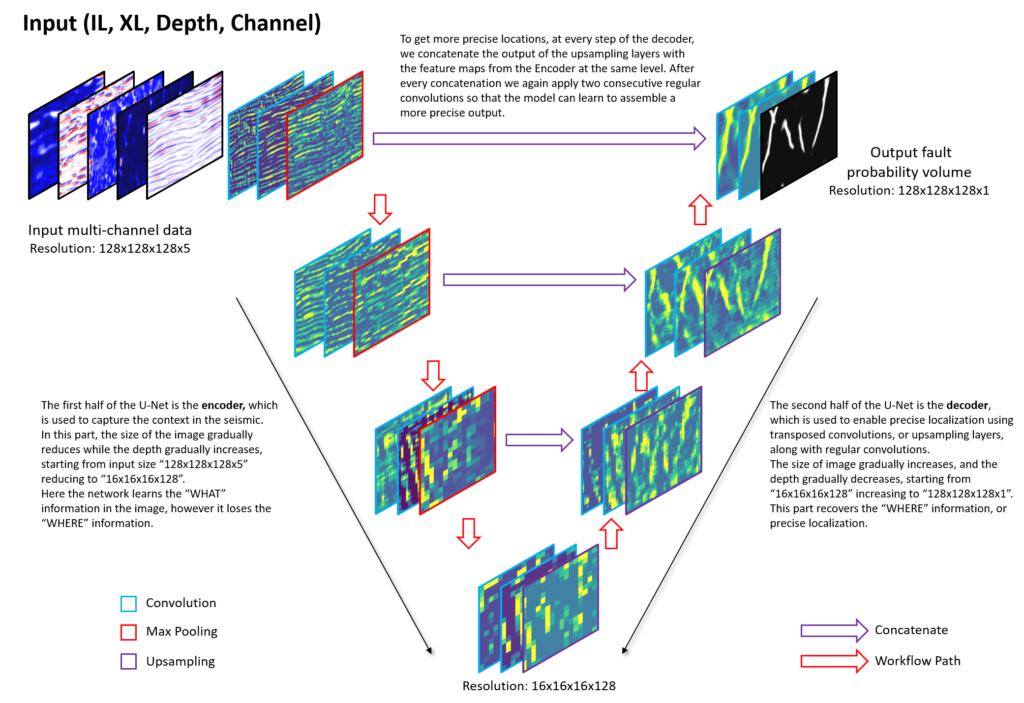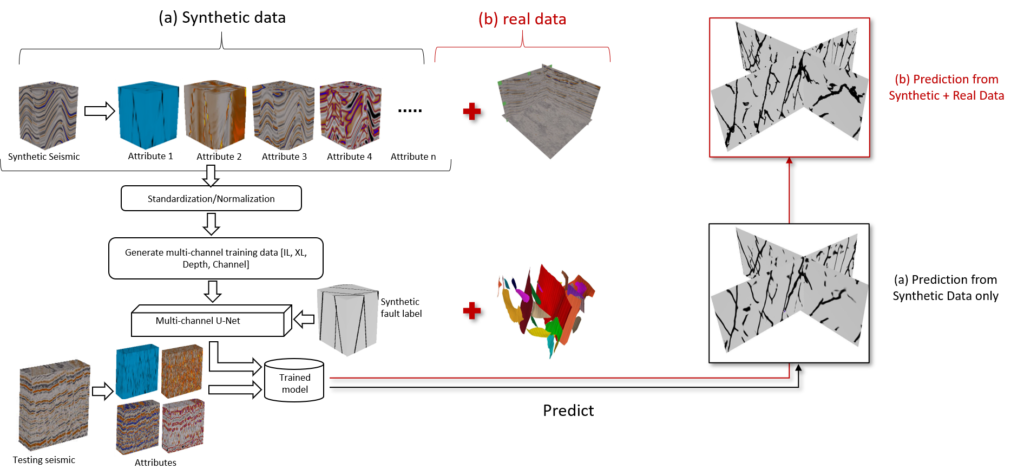Introduction:
Machine learning approaches to geophysical interpretation have recently shown success in automating the identification of structures in seismic data, which in turn can help reduce the time required for the interpretation life-cycle.
I have started to contribute to Landmark’s research team in areas of image segmentation, feature extraction, pattern recognition in salt body detection, fault plane prediction, and multi-facies classification. My experience also includes seismic processing, seismic modeling, inversion, and migration. I have been granted multiple U.S. patents and have several U.S. pending patents. During my research in academia and industry, I have published over 30 peer-reviewed technical papers and gave presentations at different geophysical conferences. Please check out other pages for more detailed projects, publications, and patents.
Below are my recent research and related papers. Some papers are still In Press and will be published soon:
Technology Spotlight 1: Optimize Seismic Interpretation with AI & Cloud Technologies
Technology Spotlight 2: Prediction of Salt Boundaries using Deep Learning Neural Network
AI ML Webinar Recording: Optimize Seismic Interpretation with AI & Cloud Technologies, by Phill Norlund and Fan Jiang, Halliburton Landmark
Vision Transformer with Affinity Similarity Model for Interactive Seismic Interpretation, Jiang et al., [PDF]

Leveraging Visual Prompting to Fine-Tune the Segment Anything Model for Seismic Facies Analysis, Jiang et al., [PDF]
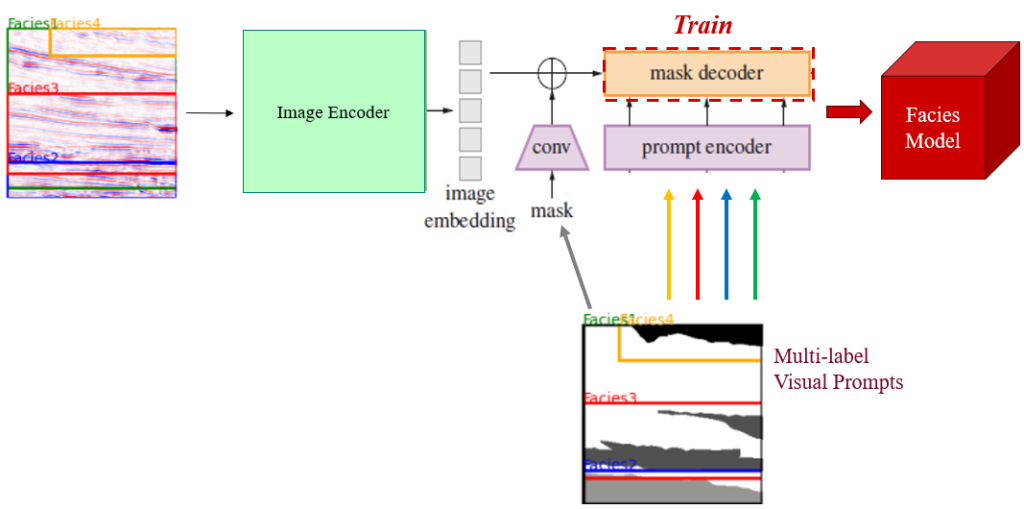
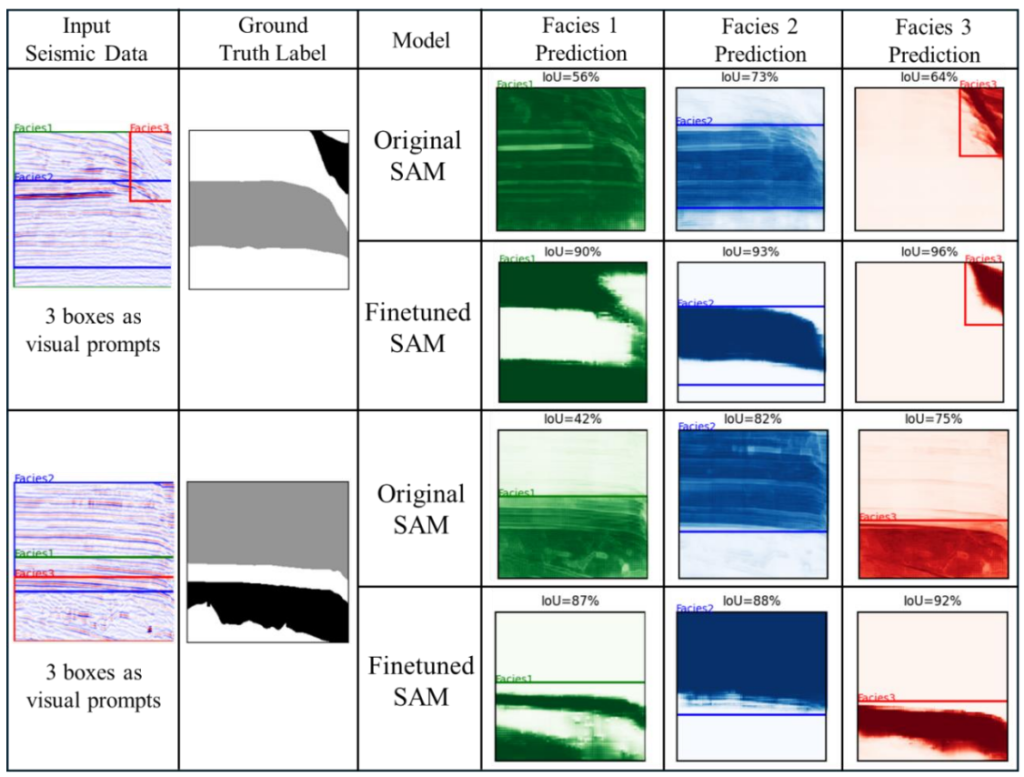
Implementation of frequency-dependent fault identification by convolutional neural networks with uncertainty analysis, Jiang et al., [PDF]
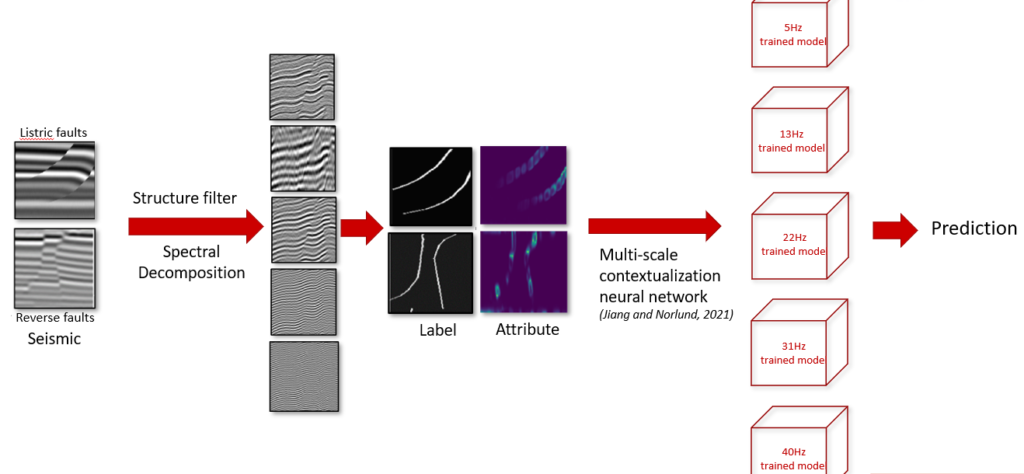
Improving fault resolution from multiple angle stacks by latent feature analysis with deep learning, Jiang and Osypov, 2024 [PDF]

Implementation of Denosing Diffusion Probability Model for Seismic Interpretation, Jiang and Osypov, IMAGE, 2023 [PDF]
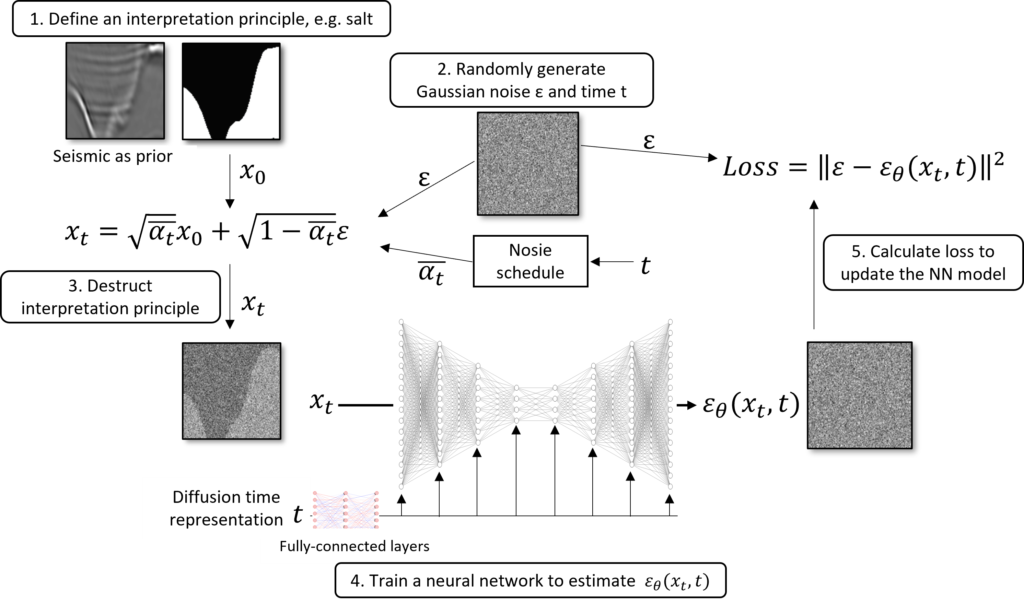

Implementation of neural style transfer to mitigate domain discrepancy in the seismic salt interpretation, Jiang and Osypov, 2023 [PDF]

The comparisons of salt prediction between different train and test strategies.
Uncertainty analysis for seismic salt interpretation by deep learning, Jiang et al., 2022, [PDF]
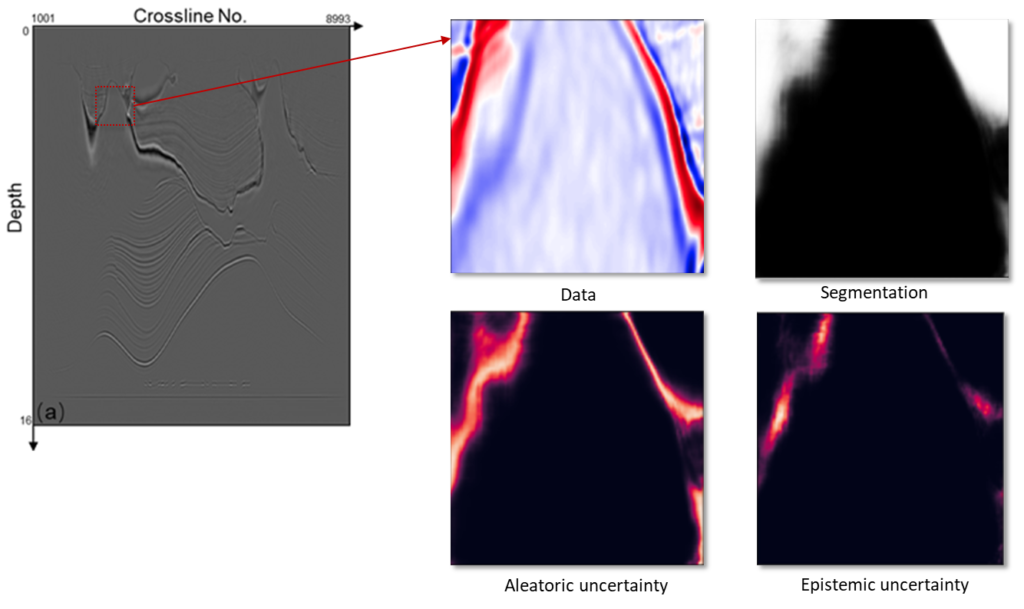
Machine Learning Based Feature Importance Analysis Of Seismic Attributes To Assist Fault Prediction, Jiang and Norlund, 2022, [PDF]

* Assisted fault identification and surface extraction by machine learning, a case study from Oman, Jiang et al., 2021, [PDF]

Colored dashed lines represent manual interpretation, black solid lines represent ML prediction.

* Assisted Fault Interpretation by Multi-scale Dilated Convolutional Neural Network, Jiang and Norlund, 2021, [PDF]

Aggregated multi-scale receptive fields. Both seismic and discontinuity-along-dip will be used as dual-channel data to a CNN architecture. (Modified after Yu and Koltun, 2016)
* The Evolution of Assisted Fault Interpretation — Part 2 [PDF]
* Analysis of Seismic Attributes to Assist in the Classification of Salt by Multi-channel Convolutional Neural Networks, Jiang et al., 2020, [PDF]
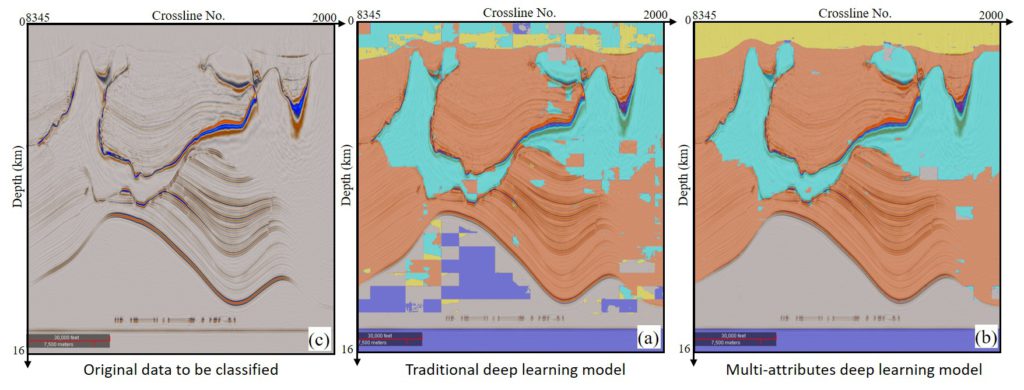
* Super Resolution of Fault Plane Prediction by a Generative Adversarial Network, Jiang and Norlund, 2020, [PDF]

* Seismic Attribute-Guided Automatic Fault Prediction by Deep Learning, Jiang and Norlund, 2020, [PDF].
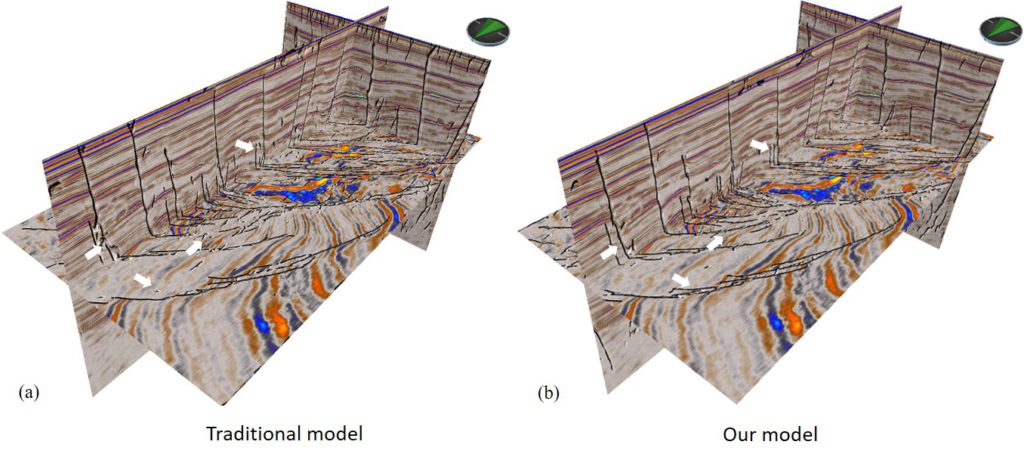
* Seismic Elastic Wave Modeling with an Adaptive Staggered Grid in Tilted Transversely Isotropic Media, Fan Jiang, 2020, [PDF]
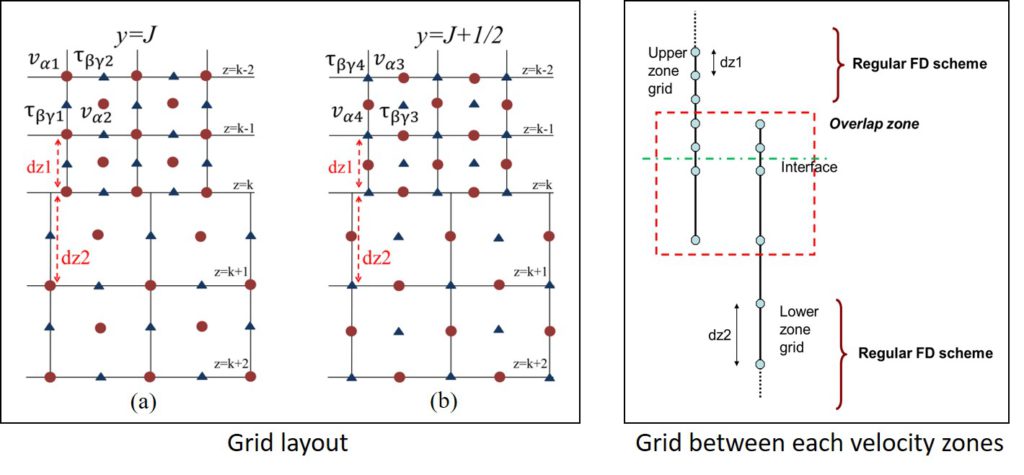
* Seismic Feature Extraction by Attribute-assisted Convolutional Neural Networks, Jiang et al., 2020, In press
* Improve the Resolution of Fault Probability Map by Deep Learning Generative Adversarial Network, Jiang and Norlund, 2020, In press.
Deep learning enabled self-driving car
Under “Projects” page, you will find several projects I have lead and completed in recent years:

- Practical machine learning projects
- Breast cancer classification
- Fashion class classification
- Analyzing subscription through app behavior
- Minimizing churn rate through analysis of financial habits
- Credit card fraud detection

- Geophysical machine learning projects (will update later)
- multi-label salt body recognition and classification
- Automatic fault interpretation
- Super-resolution of the classified fault probability map

- Seismic data processing & imaging
- Adaptive grid for anisotropic wave modeling and inversion
- Hybrid implementation of wave-equation-migration and reverse time migration in anisotropic structure
- Microseismic modeling with moment tensor sources/simultaneous sources
